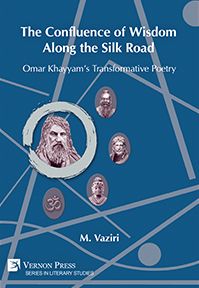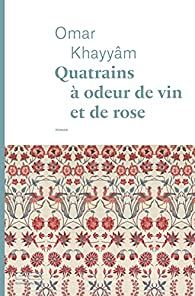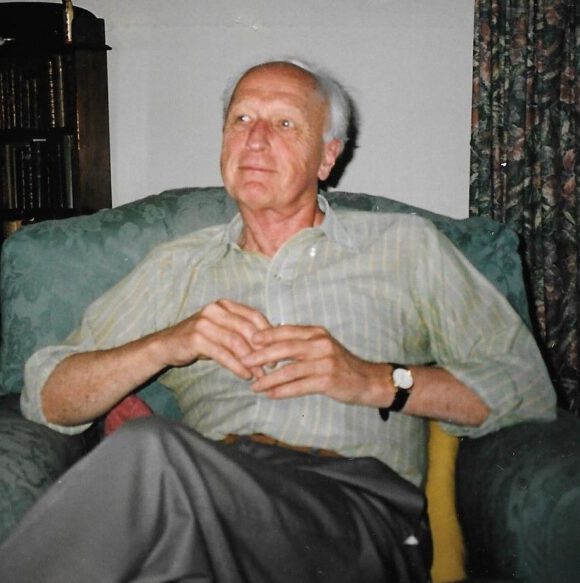
[Image fom Sandra Mason]
Bill was a great enthusiast for the Rubáiyát of Omar Khayyám and a collector of editions of the rubáiyát ever since his teen years. Throughout his life he propagated and promoted the philosophy and wisdom in the verses of the old Persian ‘hakim’. He was joint author of many works on the Rubáiyát, books, articles, lectures and much more. We only mention the important study The Art of Omar Khayyam (2007), and the analysis of FitzGerald’s letters in The Man Behind the Rubáiyát of Omar Khayyám (2016).
Together with Sandra he joined meetings of the Dutch Omar Khayyám Society on several occasions, such as exhibitions and conferences, and contributed to the blog of the Dutch Club. Although Bill always stood somewhat in the background, his knowledge of and his love for the Rubáiyát has contributed to a steadily growing interest in the work of the old Astronomer-Poet of Persia. With Bill Martin we have lost one of the prominent members of the world of Rubáiyát enthusiasts.
As a more personal note: we, my wife and I, first met Bill and Sandra in 2002 and we have been in contact ever since. We learned to know Bill as a very gentle and nice person, always interested in our doings and well-being. The last time we met was June 2023, when he, despite his illness, still remained the remarkable person he has always been to us. What struck us too was how close Bill and Sandra were to each other, and we remember Sandra having said once: when Bill can’t go, I’ll go neither.
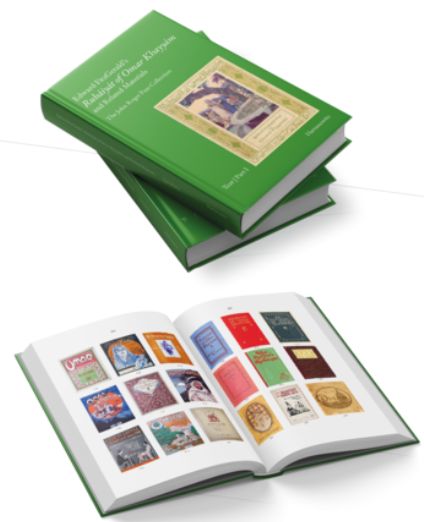
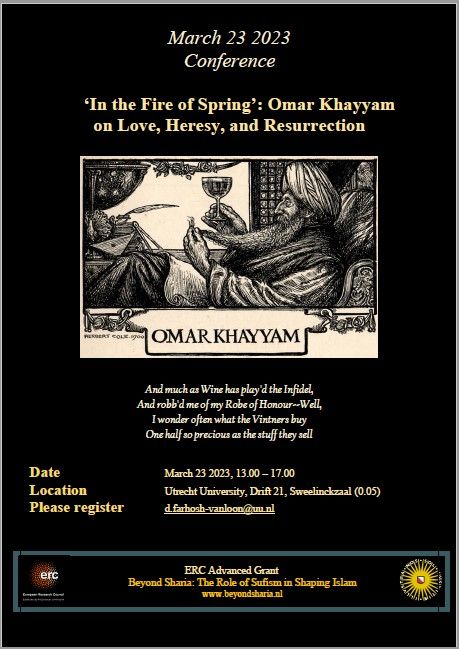
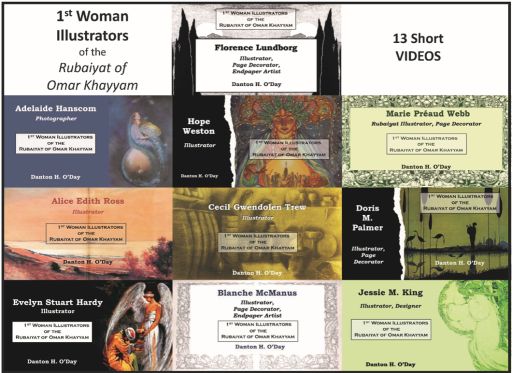
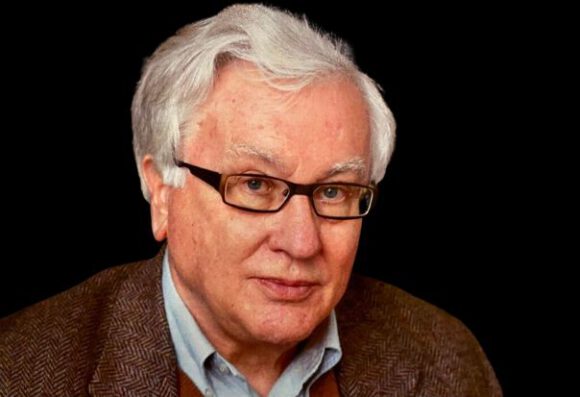 Hans de Bruijn was a member of the Nederlands Omar Khayyám Genootschap since 1997, and he barely missed one of the biannual meetings of the club. Even more than that he nearly always presented a paper on a wide range of Omarian subjects.
Hans de Bruijn was a member of the Nederlands Omar Khayyám Genootschap since 1997, and he barely missed one of the biannual meetings of the club. Even more than that he nearly always presented a paper on a wide range of Omarian subjects.

